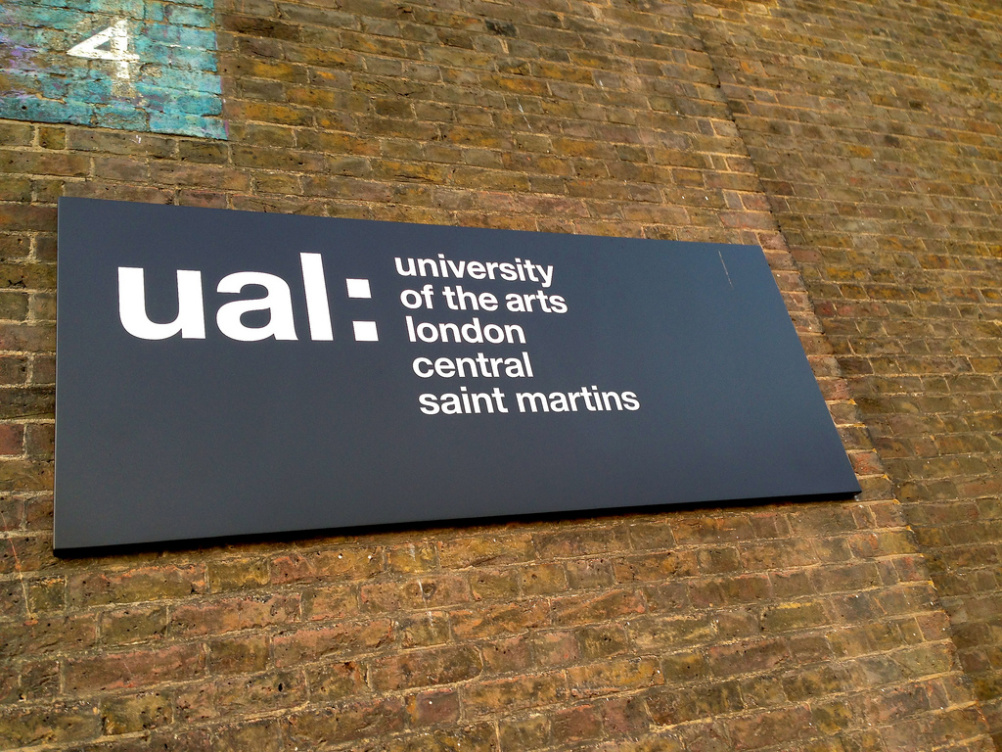Design education – the view from colleges
Nigel Carrington, vice-chancellor of University of the Arts London, says exam boards need to adopt a model of creativity in context.

Source: thecardinaldelaville
The best education equips us not just with specialist knowledge but also transferable skills – creative freedom means the ability to operate in different contexts. So it is frustrating that design students are being failed on both these points.
The design industry is rightly dismayed at misunderstandings in the Government’s latest proposals for creative education at secondary level.
Our own UK-wide research in 2013 backs up D&AD’s poll of designers, concerned about the employability of design students. We found that staff and stakeholders in further and higher education have little confidence in the design and arts A-level.
Fewer than half thought it prepared students either for higher education or for employment in the creative and cultural sectors. Only a third thought it any use for non-creative jobs. Our research also highlights concerns over ICT, collaboration and independent learning.
The fact that the foundations of design education in schools are still so unsound implies that the sector itself is not understood in economic terms.
Schools need to be able to teach this subject as though it matters to an important business sector. That means the secondary curriculum needs to keep pace with the shifting demands of global industries, teaching creativity in the context of the steps students will take after their exam.
Three things need to happen.
First, the curriculum – particularly at GCSE – needs to keep pace with the intense rate of change in the sector. This requires a focus on the underpinning processes actually used in the outside world, rather than dividing qualifications into artificial disciplines.
Second, insights from the workplace must be brought into the classroom and exam halls. Schools and exam boards need to work with practicing creatives to stay attuned to ideas and skills in studios and agencies across the sector. One way to do this is to recruit and train moderators to ensure they are up-to-date with contemporary practice in the design industries.
Third, design students need more support than in other sectors to find their feet. Students must be prepared for what happens after the exam as carefully as for the exam itself, whether they move on to higher education or the workplace.
Our admissions teams regularly meet students anxious about the standard of portfolio required to enter Foundation or BA… or even how to go about creating a portfolio in the first place.
As for the workplace, creative education needs to be designed around the design sector’s employment model. This is far from the nine-to-five norm, which itself is eroding. Students are very likely to be self-employed at the start of their careers or to work within the small and medium-sized design agencies which are typical of the industry.
This requires comprehensive preparation.
As a minimum, careers advice should include help to get into the networks which underpin the creative industries. Students need to gain a realistic idea of where they are headed through visits to businesses and by shadowing experienced designers. From there, work experience is vital.
This commitment to put creative education in the context of students’ future paths should be replicated across all levels of study. At secondary education, when so many significant life choices are made, it is crucial that we give every student the best possible chance of success.
Nigel Carrington is vice-chancellor of University of the Arts London.





I’m sorry but vice chancellors are the last people to consult about what is going on in schools. There are brilliant teachers in our schools but it is the beaurocracy of the DES and lack of funding that has stymied progress over the years. Our FE sector is creaking into oblivion.